Numismatic Archives
Paisa ye paisa, paisa hai kaisa
Nahi koi aisa, jaisa ye paisa
Ke ho museebat, na ho museebat
Ho museebat na ho museebat, saat aath nau das...
wrote Anand Bakshi and sang Kishore Kumar. A young (and half-the-weight) Rishi Kapoor lip-synced. The year was 1980, the movie Karz, Laxmikant-Pyarelal composed the music. Two years after the demonetisation of the Rs. 10,000 note and five years after the introduction of the Rs. 50 note. The page-three cocaine sniffer's favourite - the crisp Rs. 500 - was still seven years away. Six and a half centuries before the alleged ISI hand in fake Indian currency Muhammed bin Tughlaq had already fallen prey to mass forgery and he redeemed all tokens forged or genuine. The Reserve Bank of India wouldn't do that today, but what it has done is that it put together an impressive RBI Monetary Museum.
A numismatist or not, the history of Indian money is interesting - after all it is the root of all evil and bad things are the best captivators. The oily stink that led Bush to bomb the Iraqis or the pain that Ramakrishna Paramhamsa felt when his disciple Narendranath (later and more popularly Swami Vivekananda) slipped a few coins under his guru's bed may not be listed there, but the journey from clay to optical variable ink is.
A few of my favourites from the collection:
A slashed Roman Aureus of Augustus
Roman coins were circulated in their original form in India, but were sometimes slashed as a gesture disclaiming intrusions of foreign sovereignty.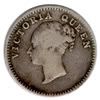
A young Queen Victoria on a two-anna silver coin.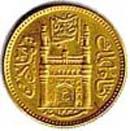
Hyderabada ka Charminara on a Hyderabad asharfi.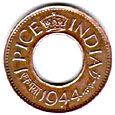
Pie pie ke liye mohtaz. One pie - 1944
King George on a one rupee silver coin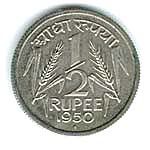
Half a rupee in nickel but not yet 50 paise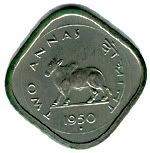
A two anna cupro-nickel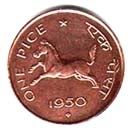
One pice 1950
Ek naya paisa nahin milega.
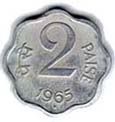

One, two and three. Never used these. My count started at five.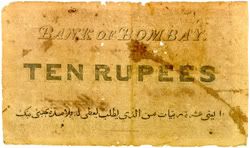
A tenner issued by the Bank of Bombay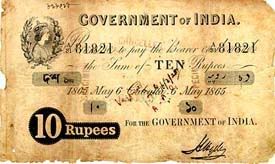
And a tenner by the Government of India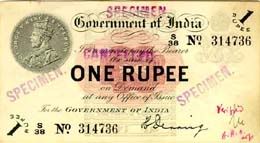
The earliest one rupee note.
Ten thousand rupee note. Never saw so many zeroes in a single note.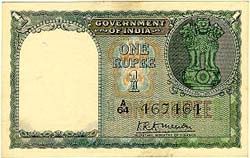
One rupee note - 1949.
Independent India's biggest currency. Introduced 1954, discontinued 1978.
The note Hyderabadis used to pay for the biryani party.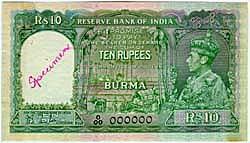
Early globalisation. Burmese currency issued by the Reserve Bank of India.
Indo-Portuguese note. That looks like Vasco da Gamma.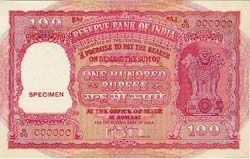
Special Haj notes for use in Saudi Arabia.
A hundred rupee special Persian Gulf edition, circulated in the Gulf till 1970.
Image and information courtesy Reserve Bank of India (excluding the song from Karz).













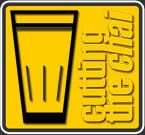




























2 Comments:
WOW
Good work. I have been reading a book called beyond the Blue Horizon that mentions indian currency being used during British times, in the middle east countries. You have done well by showing the various currencies that we had. I wandered into your blog through a link Venkat Ramanan's Ashrama blog.
Post a Comment